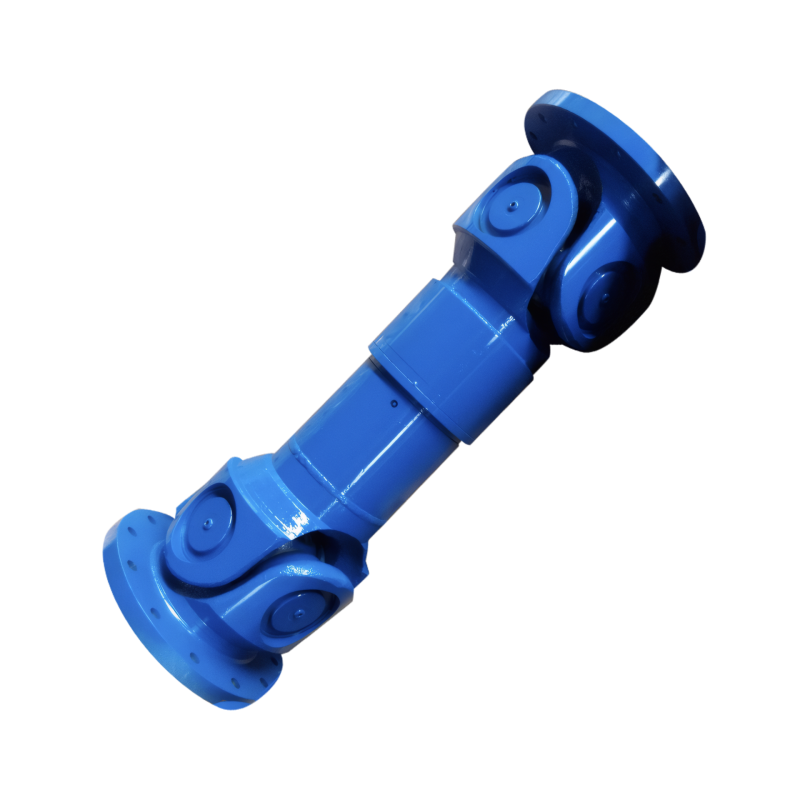The advantages of segmented drive shafts
Advantages of Segmented Transmission Shafts in Automotive Engineering
Segmented transmission shafts have become a preferred solution in automotive drivetrain systems due to their ability to address multiple engineering challenges while enhancing overall performance. These shafts, composed of multiple sections connected via universal joints or flexible couplings, offer distinct advantages over traditional single-piece designs.
Enhanced Vibration and Resonance Control
One of the primary benefits of segmented transmission shafts lies in their superior vibration management capabilities. Long, continuous shafts are prone to developing bending modes at specific rotational speeds, potentially causing harmful resonance that accelerates component wear. By dividing the shaft into shorter segments, engineers can significantly increase the natural frequencies of each section.
Frequency Optimization Techniques
Each segment's length reduction raises its critical speed threshold, typically increasing the lowest resonant frequency by 30-50% compared to an equivalent single-piece shaft. This frequency elevation helps ensure the shaft operates safely below its critical speeds during normal vehicle operation. Additionally, the inclusion of vibration-damping elements at segment joints further reduces harmonic amplification, particularly in applications involving high-torque engines or variable-speed drivetrains.
Improved Spatial Adaptability and Installation Flexibility
Modern vehicle architectures often impose complex packaging constraints, particularly in compact cars and electric vehicles with integrated drivetrains. Segmented transmission shafts excel in these environments by enabling creative routing solutions that would be impossible with rigid, single-piece designs.
Complex Path Navigation
The modular nature of segmented shafts allows them to navigate tight bends and multiple planes within the chassis. This capability proves especially valuable in front-engine rear-wheel-drive layouts where the shaft must traverse from the transmission to the rear differential while avoiding suspension components and exhaust systems. Some advanced implementations incorporate adjustable-angle couplings that permit up to 15 degrees of misalignment between segments, accommodating chassis flex during aggressive driving maneuvers.
Reduced Manufacturing Complexity and Maintenance Efficiency
From a production standpoint, segmented transmission shafts offer significant advantages in terms of material utilization and process control. Manufacturing a single, extremely long shaft requires specialized equipment capable of handling large workpieces, often leading to increased material waste during machining.
Modular Replacement Strategy
In service scenarios, segmented designs simplify maintenance procedures by allowing targeted replacement of damaged sections rather than entire shaft assemblies. This approach reduces both labor time and inventory costs, as service centers only need to stock individual segments rather than complete shafts. Additionally, the standardized interfaces between segments enable quick identification of failure points during diagnostic procedures, streamlining the repair process and minimizing vehicle downtime.
 Customized design of drive shafts for special vehicles
Customized design of drive shafts for special vehicles
 The durability of the drive shaft for off-road vehicles
The durability of the drive shaft for off-road vehicles
 Introduction to the structural strength of truck drive shaft
Introduction to the structural strength of truck drive shaft
 The layout of the drive shaft for a four-wheel drive vehicle
The layout of the drive shaft for a four-wheel drive vehicle
 简体中文
简体中文 English
English
